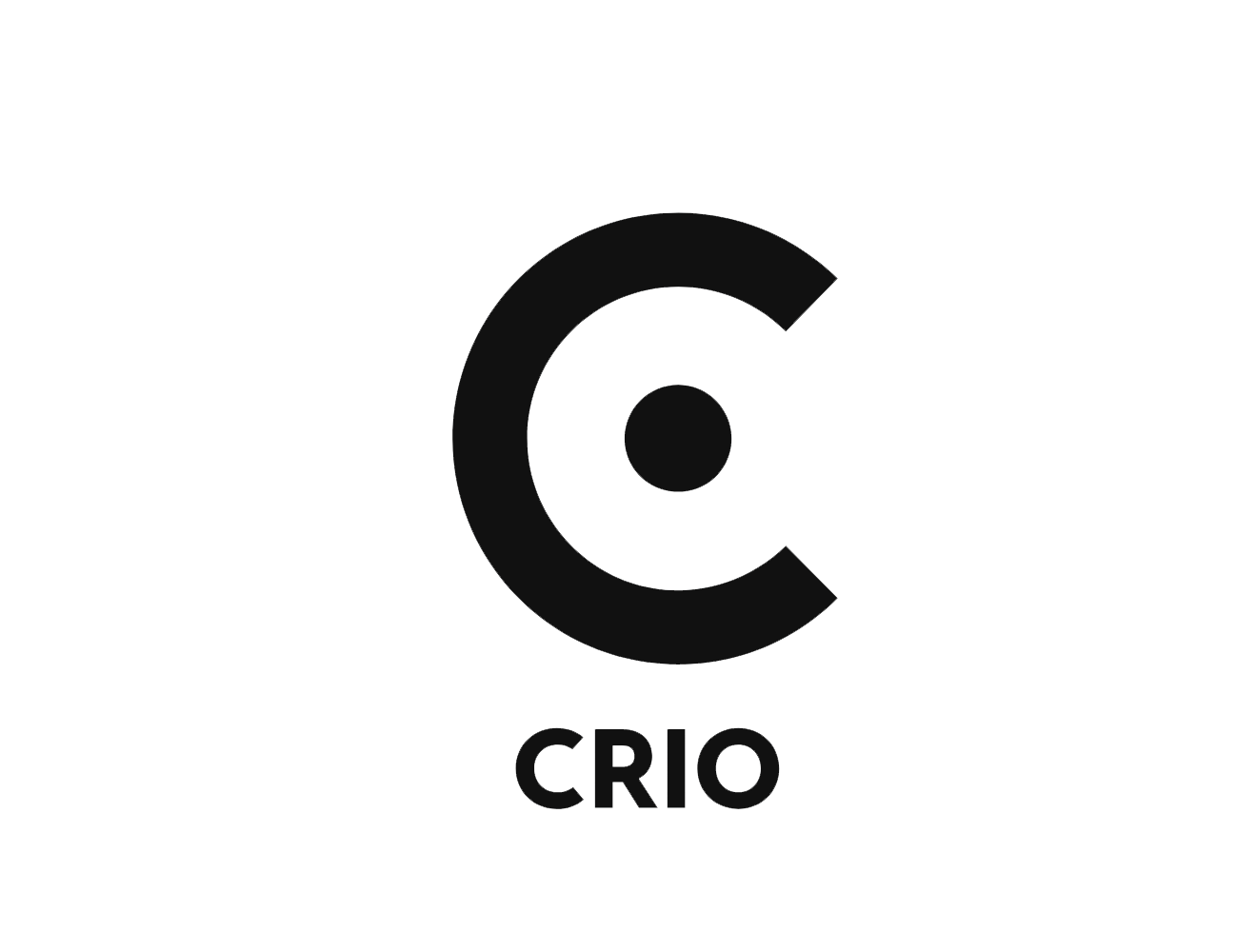4 Lighting Mistakes To Avoid When Doing A Studio Photoshoot
Similar to every aspect of photography, mastering the use of studio lighting requires lots of practice, patience, and learning from mistakes in order for one to optimise the capability of the tools. To quicken your learning process, we will share four common mistakes or challenges that beginners face. These are mistakes that you can avoid when using studio lighting in order to use the lighting to your advantage and get the best image results.
1. Not balancing the right amount of light
One of the fundamentals of good lighting is balance. Lighting with high contrast might help to create a dramatic mood. At the same time, you do not want the majority of your subject to be hidden in the shadow. Our cameras do not have the same capability range as to how our eyes see. While the technology of photography advances exponentially, our eyes still are able to capture a broader range of tone and light than a camera can.
Well-balanced lighting does not just have flat and dull lighting. Adding fill light is a routine you can adopt in all your studio photoshoots. It involves adding light sources, bounce cards, or reflectors to help fill up certain parts of your subject in order to make the photo much fuller. If you want certain dark areas with minimal detail, move them around or decrease the intensity of the light until that portion of the subject is in the shadow. Lightings help to create the mood of the story.
2. Lack of detail when shooting with a black background
Black backgrounds are ideal for establishing a particular type of mood in photography as they are capable of absorbing light. However, that also means it can be a tricky tool to work with if your subject is of a darker tone. The most common mistake that photographers make is the blending of the subject into the black background.
One lighting tip you can note is the use of hair lights. The hair light is a straightforward way of ensuring the separation of subject and background, especially in portrait shots. You can achieve so by positioning a small light on top at the back of the subject. The key is to introduce enough light so that you can better distinguish the edge of the subject. For full-body portraits, you might want to use strip softboxes for specific area separation. Ensure that no light is shining straight towards the camera, as that way, your photos will have lens flare.
3. Catchlights that take away attention from the subject
Catchlights help to draw attention to your subject’s eyes. However, when done excessively, not only does it create a cartoon effect on the photo, but it also is distracting as it draws attention away from the subject. The key to utilising catchlights is subtlety.
Catchlight happens when your subject is sitting or standing directly across the lighting setup. Being aware of the type of catchlight your setup creates will help you in adjusting accordingly. You can either decrease the intensity of the light, readjust the positioning, use a white reflector to add fill or use a modifier to diffuse some of the light.
4. Using inappropriate modifier
Modifiers are lighting accessories that you place over your light source in order to help shape and control the effect of the light. A fundamental consideration when selecting a modifier is its size. Choose a modifier that covers the subject adequately. As mentioned earlier, a modifier is also used to control the effect of the light. Flags and grids modifier are typically used to reduce light spills and direct the light. Beauty dishes generally are used to create a softer look, essentially like a beauty filter. However, when used incorrectly, they produce bad shadows and unnecessary contrast. So, know what you are going for, and position them correctly to get the best out of your image.
Conclusion
Mistakes like these are common and will happen to any photographer. The key to being a good photographer is learning from them. It may take lots of practice to master the art of photography and to understand the tools and concept of lighting.
Nevertheless, if you are a photographer looking for a photography studio rental in Singapore, look no further than Crio Collective. We are a creative production studio in Singapore that not only provides you with a space to shoot but also offers video production services as well as quality equipment for rental to help you achieve the quality images you desire. Contact us to find out more!

